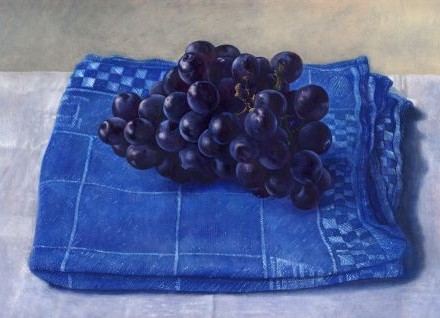I was planning on posting this anyway, apropos of leaving on vacation with my wife, Robin, today. Then I saw Steve Durbin’s entry, and realized it would be the perfect follow-up. It’s a piece she wrote for my blog last year, but I think only 30 people saw it at the time. Her advice deserves a wider audience.
Advice to photographers’ significant others:
- When on a shoot or on the road, always bring food, water, and a book. If the light becomes “perfect” (usually early or late in the day, or if it’s overcast in just the right way), your photog will be captivated by it. Do insist on your right to go to the bathroom, be dropped at the hotel before the light comes in, or have your basic needs taken care of.
- Don’t take it personally when he says, “The light is beautiful on you.” You could be a rock, or a stump, or a wall. But he probably loves you anyway.
- Don’t take it personally when you become the “foreground element”. It’s not about you. You’re just the one that’s there.
- Do take it personally, in the best way, if you become the object of many studies. Photographers connect with the world through their cameras. It is another way of being known.
- You don’t have to like all of the work, if you like the photographer. Doug has one body of work that is too visually complex for my brain to process. None of this work is in the living room. If your person needs you to love every picture, send him to therapy. If you think you need to love every picture, go yourself.
- Get used to schedule changes. Your photog might find out on Tuesday that he’s going to Ireland for two weeks on Thursday. Have friends to fill in the gap. Accommodations I figured out included putting in a watering system for the garden, hiring people to do some of his tasks, and letting myself be pissed about the changes, until I’m not.
- Keep in contact. In most places in the developed world, there are local cell phones for sale. Speak often. Email. Whine. Say endearments. Listen to whining. Support. Ask for support. It’s good glue. We talk almost every day. I especially like to bask in Doug’s excitement when he’s on a shoot and it’s going well. He does bliss well.
- It’s okay to demand that the geek speak stops, when you’ve run out of patience for it. Especially if they’re talking about digital workflows. It’s rude for people to speak in a language not shared by others.
- When he comes back into town with 4,000 images to process, make some dates to connect, but don’t expect that he’ll be fully there until the images are on a disc and sent away. Then you can have the coming-back fight and really connect.
- It’s OK to play the wife role, whatever your gender, on occasion. I do this at openings and print sales and during the big post-shoot image processing. Other times, be who you are, more than wife. Doug is the wife at my conferences and book signings and when I’m writing. It’s OK to be flexible. Don’t get caught up in the role. It’s not a full enough identity for anyone.
- If you’re traveling together, don’t think you have to be joined at the hip. Pursue your own interests, then meet later. Do ask your person to leave the camera in the room or in the bag for a meal or an evening. Suggesting that making contact with you might allow your photog to “get lucky” can help this occur. It works for me.
- If he’s been gone for a long time, and you’ve had the house to yourself, expect conflict on re-entry. It’s normal. It’s predictable. Just have it. He’s invading your space, after all.
- Dont worry about the “Bridges of Madison County” scenario. You know how he really is.
- A story: Several years ago, outside of Banff, after a full day of shooting, the light changed and Doug became enchanted. I was really hungry. After 45 minutes, I demanded to be driven into town for food. Reluctantly, Doug packed up his gear, and we drove to a 2nd-floor sushi bar. I was facing the window. The light was magical. We ordered anyway. Before the fish came, I saw a rainbow over Mount Rundle. I said, “Doug, get your gear and get out there.” He did. 20 minutes later he returned. Three minutes later, the second rainbow appeared, arcing over the other. “Get back out there, now!” The waiter didn’t know what was going on. He kept asking if everything was alright. He didn’t understand my explanation: “My husband is a photographer.”
Robin’s blog (on therapy issues, for other therapists–you think photographer’s use geekspeak?) is at Trauma & Attachment.









